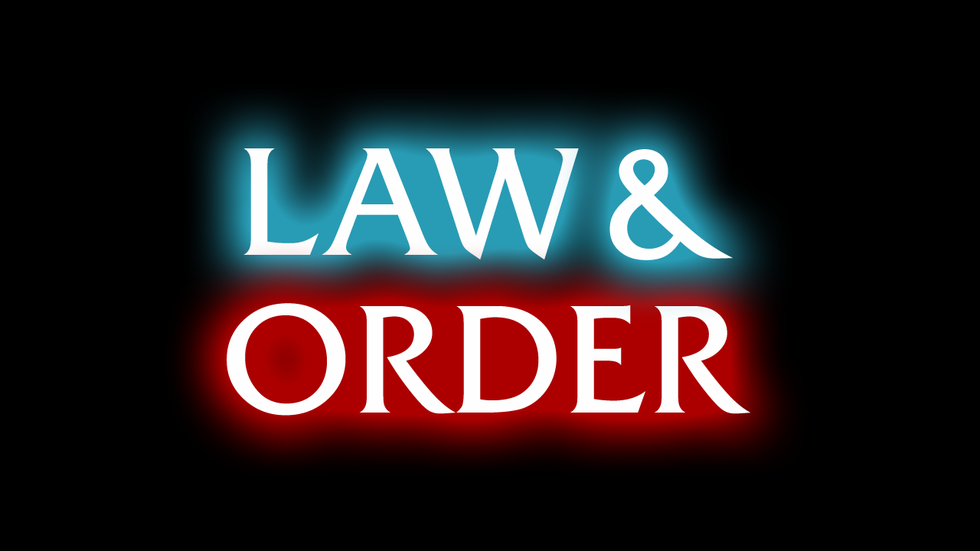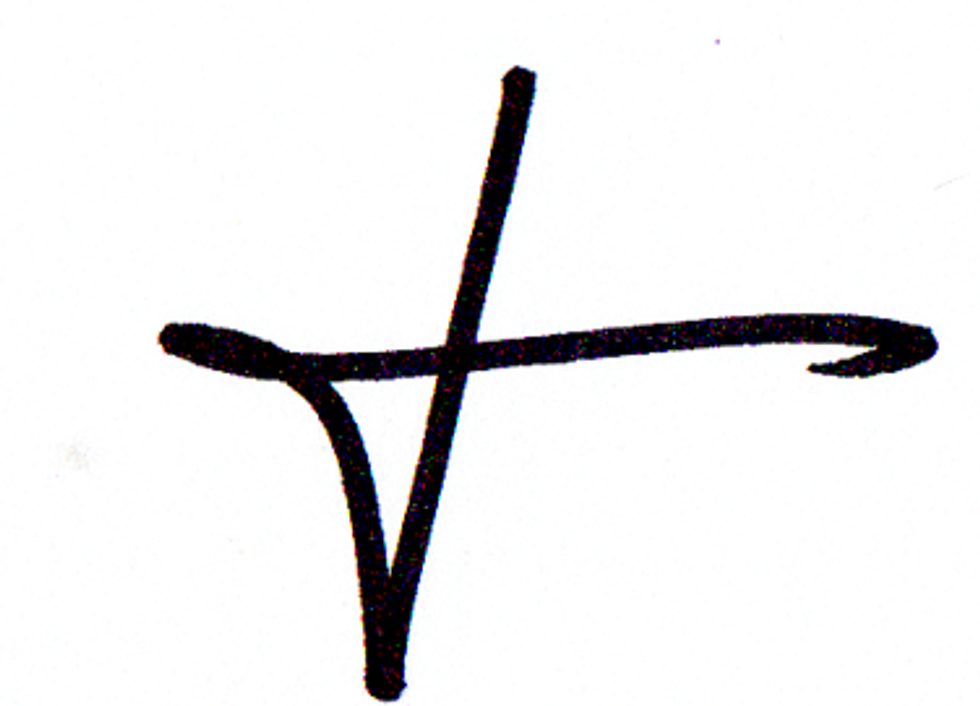Sometimes, I have a tendency to lean toward creating articles that sound a bit too "academic." It doesn't happen all of the time, but I've been known to do. So, at the risk of being a little academic this time, I want to introduce you to an anecdote I shared with another diverse part of the internet back in Fall of last year.
I remember constructing this particularly for the Medium platform back then. I had a thought, though, that I'd like to share it here as well in the chance that some dialogue can be established between any scribophiles or writers that like to remember the journey to finding their own "voice" or getting his or her written communication to be just right in a given situation.
The following comes from my Medium article, "The Ampersand Story: Finding My “Voice”" :
The other day, I had a grade school memory — specifically, one from middle school. Honestly, I can’t remember whether it was a 6th, 7th, or an 8th grade instance, but I do know that it ended up being quite impactful to me. I can comfortably say that the instance was so impactful that it shaped my writing style and the ways in which I develop a writers’ voice. I realize that now.
The thing that took place and the things I’ve learned cater to both the fiction and non-fiction sides of my writing, creating in me a constant quest for a clear, substantive touch to all my written communication and projects.
So, the specific instance had to do with an academic writing assignment within one of my first loves in school — English class. I wrote a paper — hand-written and in essay form — and it was that one paper I didn’t just throw together out of procrastination. I thought I did well with pacing myself and really getting into the paper topic. I finally hadn’t waited to find my sources and type of a whole slew of words until the night before the due date like I had almost always done. I used the school library-suggested source search engine.
I can’t even recall what the paper was supposed to be about, but I remember the inclusion of anecdotes and stuff. I followed a pretty common template: (1) Introduction paragraph, (2) three body paragraphs, and (3) a conclusion paragraph. Thankfully, I stayed afloat in that class because I was already so interested in constructing written pieces styled to inform and/or persuade.
There was a problem, though…
I made quite a lot of shortcuts…For every “and” that appeared in my paper, I placed an ampersand. We’ve seen different forms of the ampersand, right?
I used the 4th ampersand in the picture above. There’s nothing wrong with any of these symbols. In fact, they can be visually appealing in some situations…some of which you may recognize.
Now, picture an academic paper…a normal essay with five paragraphs…but, with ampersands in the place of the actual conjunction. Ampersands….Here. There. Everywhere. Imagine an English class — an environment that stresses the importance of proper spelling and syntax. Imagine that English teacher whom of which was tasked with grading your paper…seeing a paper full of this ampersand below:
The teacher graded your paper in red pen, in a tizzy of “What the hell”s.
You receive the graded paper you wrote only to be disheartened at the amount of red markings you’ve seen at first glance — strike-throughs, minuses, comments in the margin…
Then, your eyes travel to that space above the text of your paper, right under your name. All the points taken away from what you’d previously expected to be (at least) a low A/high B has you like…
“Well, I thought it looked like I knew what I was talking about…What happened?”
Then, you look a bit closer. The “oh…” moment finally happens for you. The focus was on your word usage and the certain lack thereof. In that graded academic paper was the wake-up call that said “Hey, you can’t do that. Use your words,” or “There’s a time and place for the more informal ways of communicating your message.”
Maybe none of what I’ve just shared with you here seems important, but I can tell you why it became a big deal. From that moment on, I paid careful attention to the clarity of my message through school assignments and, eventually, in professional assignments. I looked at that situation as the start to developing my writers’ style in accordance with what’s required of me in a given situation and I had begun to find my writers’ voice…realizing there was a ‘voice’ to develop at all.
So, it was decided…
My ampersands…They’d only make appearances in my informal notes, as would my abbreviations of words or my deviation from active voice. My formal language would go into my academics, assignments that required a report, or simple short-answer essay questions.
At that time, the “TTYL”s and the “LOL”s that I had recently become acquainted with were reserved for emails between friends. My descriptions full of imagery, first person points-of-view, and my attempts at cool metaphors found themselves in my fiction projects.
I guess I mention all of this because my world of crafting written pieces was shaped by that past learning experience and the experiences that came after that. I’ve grown from many lessons in professional, academic, and fiction writing and I’m just continuing to grow. The art of writing…the topic of effective written communication…It’s something to be continually shaped and it’s meant to be built up, brick-by-brick.
Whether your writing is molded by a teacher, supervisor, colleague, peer, or a friend, see to it that you ingest the writing error mentions so that in the future, your words can provide the kind of clarity that can certainly match the occasion.












































